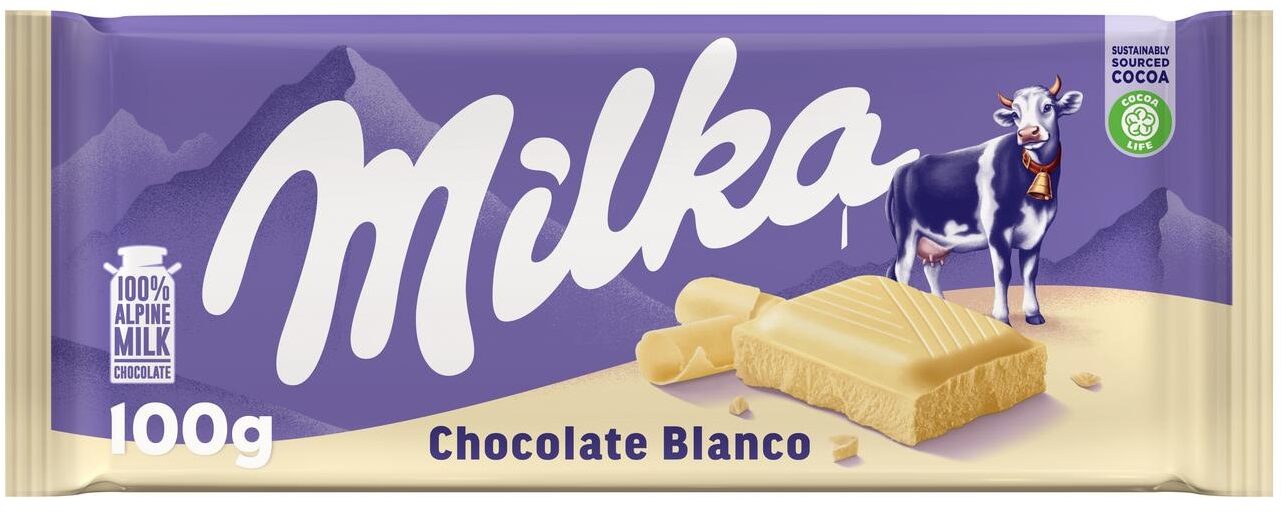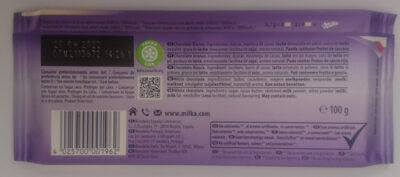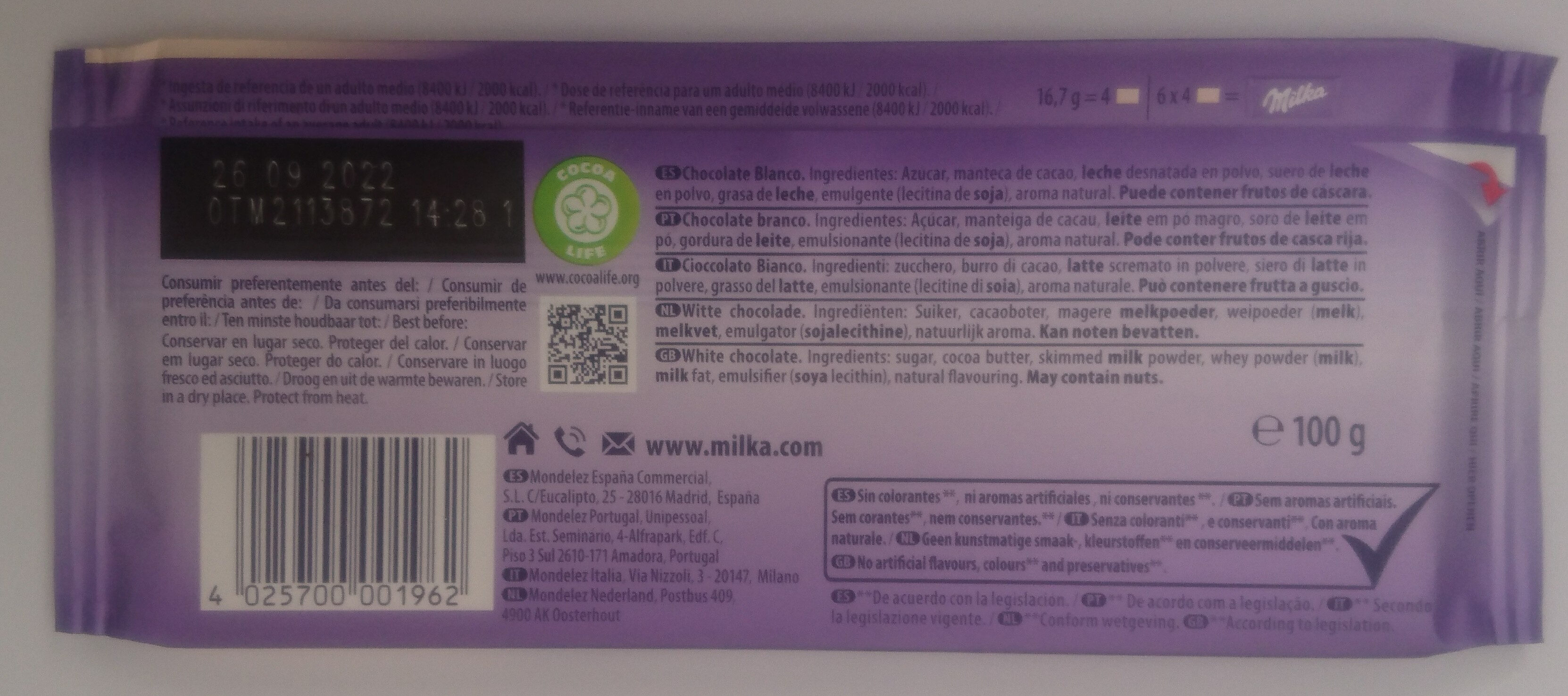Milka bílá - 100g
This product page is not complete. You can help to complete it by editing it and adding more data from the photos we have, or by taking more photos using the app for Android or iPhone/iPad. Thank you!
×
Barra-kodea: 4025700001962 (EAN / EAN-13)
Kopurua: 100g
Ontziratzea: en:Plastic, en:pp-polypropylene, de:Stück
Kategoriak: en:Snacks, en:Sweet snacks, en:Cocoa and its products, en:Frozen foods, en:Chocolates, en:White chocolates
Etiketak, ziurtagiriak, sariak:
en:No artificial flavors, en:Green Dot, en:No artificial colors, en:No artificial colours or flavours, en:No colorings
Link to the product page on the official site of the producer: https://www.milka.de/produkte/Milka%20Ta...
Dendak: Auchan
Saltzen diren herrialdeak: Austria, Frantzia, Alemania, Polonia, Espainia
Matching with your preferences
Ingurumena
Carbon footprint
Ontziratzea
Transportation
Report a problem
Datuen iturria
Product added on by beniben
Last edit of product page on by foodless.
Produktuaren orria -gatik editatua arc2, date-limite-app, ecoscore-impact-estimator, foodlogger12536, foodrepo, fugy, inf, laramba, m8080, moon-rabbit, openfoodfacts-contributors, packbot, prepperapp, pyrka, quechoisir, redspider, roboto-app, scanbot, sebleouf, tacite-mass-editor, thaialagata, wojciech-dopieralski-op-pl, yuka.V0tzK05mc0dndFZhdDgwQjl6bU0yZEpPbVo2SGZqdVZMTk05SUE9PQ, yuka.WWFjNE1aUmZodDRLZ3MwZTVSbjBxc0phbHBYMlUzbm9MT01YSWc9PQ.








